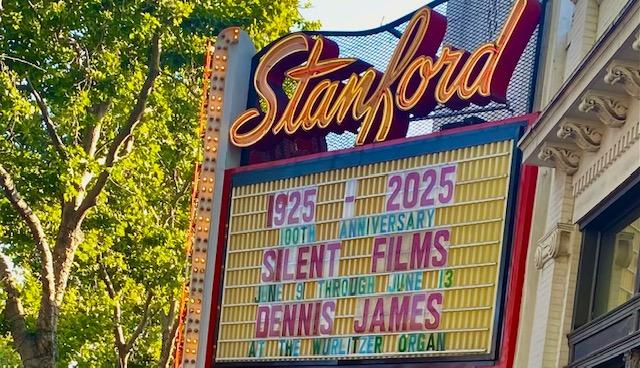By Antonio Torres del Cerro
Sao Paulo, 1 enero (EFE).- He paints a 35-meter (115-foot) mural with the same care he gives to an oil portrait. The color blue inspires him, and the work of Spain’s Francisco Goya is in the forefront of his artistic references. His name is Thales Fernando “Pomb,” he’s 31 and is one of the inexhaustible supply of Brazilian graffiti artists.
Following in the footsteps of two of the forefathers of Brazilian urban art – Eduardo Kobra and the Pandolfo (Os Gemeos) brothers – Pomb is also “in constant production,” whether it be on a street or in his workshop in Sao Paulo, located in the traditional Cambuci neighborhood, where he spoke with EFE.
In the small studio he rents, part of an abandoned educational complex, the young Brasilia-born artist explores creative instincts that are not limited to spray cans. He turns out prints, oil paintings, illustrations and sculpture.
Shy in front of the cameras and concise in his replies, Pomb, his street name, above all is in love with experimenting artistically.
“I don’t do it to look for the approval of others. I do it for myself. Whether people like it or not depends on the individual. It’s very subjective,” he says.
The graffiti artist graduated from the University of Brasilia’s Industrial Design program and completed his artistic training in Buenos Aires and Barcelona, where in 2014 he staged his first individual exposition. But it was out on the street that he struggled, saying “I was denounced by the authorities and had to do community service.”
Since the early 2000s in his native Brasilia, up until he set himself up in Sao Paulo, one of the world’s main urban art centers, his murals and other such works have been attracting more and more followers.
Among the most acclaimed works is a gigantic graffiti 35 meters high and 10 meters wide painted on the wall of a building along Avenida de la Consolacao, in downtown Sao Paulo commissioned by a transportation company.
Pomb’s style charms viewers because of the variety of shapes and colors. “Brazil is culturally very rich, and also in gastronomy, with a great variety of fruits. So, my work is also very colorful, although now it may have more pastel tones, but it is still influenced by vibrant colors, by the joy of the people here, which is reflected in art,” he says.
With 12 million residents, the hectic city of Sao Paulo is an inevitable source of inspiration for Pomb. “Things keep happening. There are lots of people on the street, lots of cars, lots of buses and that gets you involved.”
Pomb has increased his radius of action beyond the city’s walls. He designed commemorative shoes for a famous sports brand and illustrated the cover of Piaui magazine for its June 2020 monthly edition, which became one of the most discussed magazine covers in Brazil.
“La Danza” by Henri Matisse inspired the young artist to adapt the work to the Brazilian reality.
Just as in Matisse’s original, five figures are included in the updated work but instead of being nude they are outfitted in jerseys of the Brazilian national soccer team and are dancing around a coffin in a critical comment on the lax attitude of President Jair Bolsonaro and his supporters during the most deadly phase of the coronavirus pandemic.
Among his sculptures, Pomb created “Azul” (Blue), a nice little doll with traces of vampire that has become a commercial success.
“It’s a character that is nourished by the city and changes – sometimes he’s angry, sometimes he’s calm, and his classic color is blue,” Pomb says.
Why blue? “It brings me peace, calmness, although it can also be a dense color. I always felt very good about it. It’s linked to Brasilia, where the sky is very vast and you can see it from anywhere in the city.”
Pomb dialogues with different generations of artists and those in other disciplines.
On one of the tables in his workshop is a copy of a book by Brazilian poet Manoel de Barros (1916-2014). He admires the legacy of hallowed artists like contemporary Brazilian artist Adriana Varejao along with Spain’s iconic Goya (1746-1828).
“From his prints about bulls to the works about executions (an allusion to Goya’s famous May 2 firing squad painting), it’s something very weighty, very strong, that dark phase inspires me a lot, that crude technique,” Pomb says.






